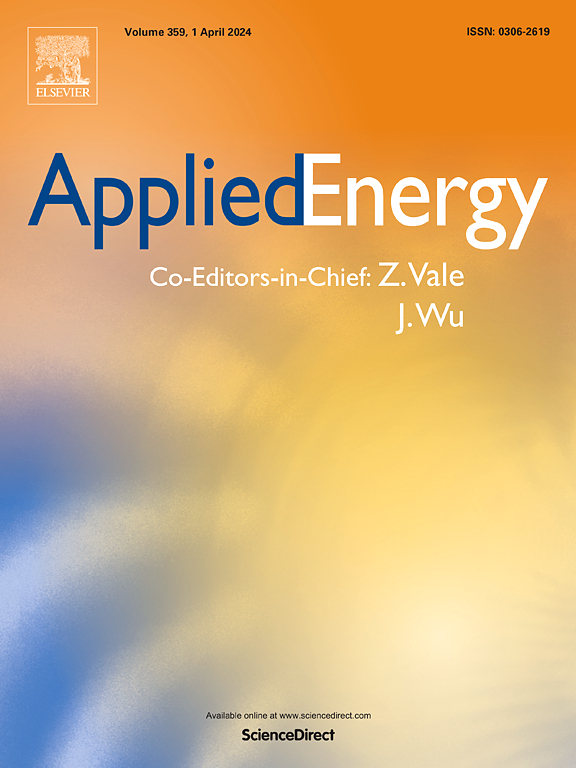Role of electrolyte in the polysulfide shuttle effect and long-term cycling performance in cathodes for LiS batteries based on sulfurated polyisoprene
IF 10.1
1区 工程技术
Q1 ENERGY & FUELS
引用次数: 0
Abstract
In this study, we present a one-step and scalable synthesis of sulfurated-poly(isoprene) (SPI) containing 48 wt% covalently bound sulfur that avoids the formation of long-chain polysulfides and the polysulfide shuttle effect. Furthermore, a comprehensive comparative electrochemical study was conducted using three electrolytes, i.e. LiPF6 in ethylene carbonate (EC): diethyl carbonate (DEC), LiPF6 in EC: DEC with the addition of 10 wt% of fluoroethylene carbonate (FEC) and LiTFSI in 1,3-dioxolane (DOL): 1,2-dimethoxyethane (DME) with 0.1 M LiNO3. LIPF6/FEC electrolyte-based cells allow for exceptional capacity at high rates up to 5C, with extraordinary stability over 1100 cycles. This may be attributed to the formation of both a stable cathode electrolyte interface (CEI) and solid electrolyte interphase at the anode (SEI). Furthermore, galvanostatic intermittent titration (GIT) and Randles-Sevcik diffusion studies are conducted to investigate the influence of ionic radius and conductivity of PF6− and TFSI− anions on Li+-ion diffusion, as well as the formation of fluorinated interlayers between the electrode and electrolyte, as revealed by post-mortem analysis. The kinetics of the electrochemical mechanisms for the LiPF6/FEC-based electrolyte are also analyzed, demonstrating an exceptionally high diffusive contribution at elevated rates. In view of the elimination of the shuttle effect and its exemplary electrochemical performance in conjunction with the LiPF6/FEC-based electrolyte, SPI is proposed as a potential host material for use as cathodes in Li![]() S batteries.
S batteries.
求助全文
约1分钟内获得全文
求助全文
来源期刊

Applied Energy
工程技术-工程:化工
CiteScore
21.20
自引率
10.70%
发文量
1830
审稿时长
41 days
期刊介绍:
Applied Energy serves as a platform for sharing innovations, research, development, and demonstrations in energy conversion, conservation, and sustainable energy systems. The journal covers topics such as optimal energy resource use, environmental pollutant mitigation, and energy process analysis. It welcomes original papers, review articles, technical notes, and letters to the editor. Authors are encouraged to submit manuscripts that bridge the gap between research, development, and implementation. The journal addresses a wide spectrum of topics, including fossil and renewable energy technologies, energy economics, and environmental impacts. Applied Energy also explores modeling and forecasting, conservation strategies, and the social and economic implications of energy policies, including climate change mitigation. It is complemented by the open-access journal Advances in Applied Energy.
 求助内容:
求助内容: 应助结果提醒方式:
应助结果提醒方式:


